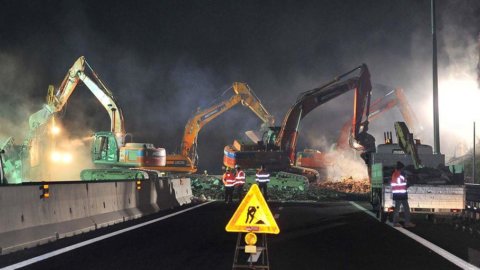After the European Commission, the Senate also certifies Italy's slowness and incapacity in using EU funds for public works. According to data provided by the Public Investment Verification Unit (Uver), it takes an average of 11 years to design and build a 50 million euro project and nine years for projects costing between 10 and 50 million in Italy. This is what can be read in a note from the Palazzo Madama research service dedicated to the implementation of the 2007-2013 cohesion policy, in the light of the most recent data provided by the Government in a hearing in the Budget Committee.
The European resources still to be spent are very substantial: as at 31 May 2014, certified expenditure reached 56,1% of total expenditure. 21 billion remain to be certified, of which around 16 relate to operational programs of the Convergence Objective. Of this, 5,6 billion must be spent by the end of the year.
Beyond the reassurance that Undersecretary Graziano Delrio provided to the European Commission, the hearing in the Senate also revealed that critical situations are not uniform in our country, but are much more pronounced in some regions of the South, above all Campania , Sicily and Calabria. The 2007-2013 programming was characterized by a significant delay in the use of available resources: the activity of the Regions and central authorities was launched a few years late.
The government explains the delays in spending mainly for three reasons:
1) the inadequacy of management, to be attributed to the lesser or greater administrative capacity of the entities involved in the management and reporting of expenditure;
2) the decision to concentrate many resources on large infrastructure projects, which are often difficult to plan, as they are subject to delays due to various reasons, including administrative ones;
3) the constraints of the internal stability pact, at least in some Regions.




